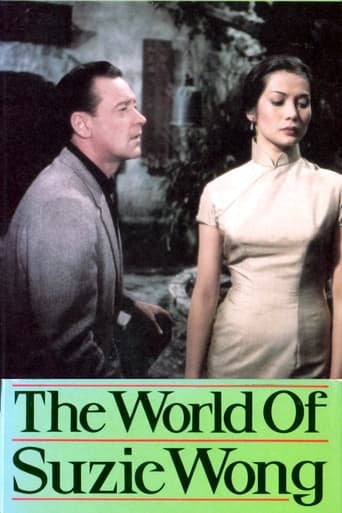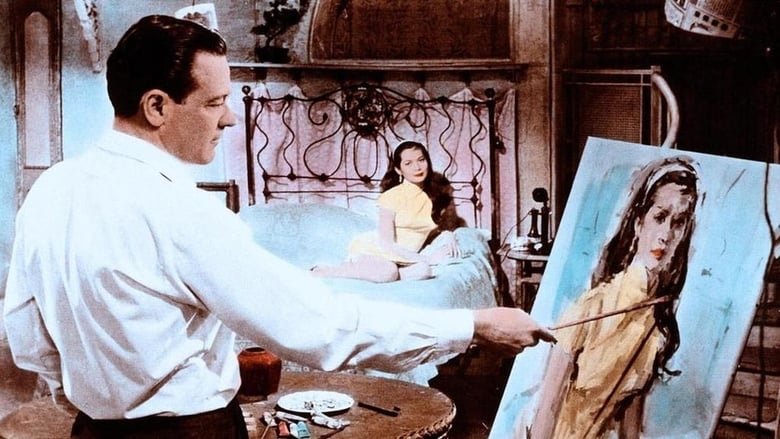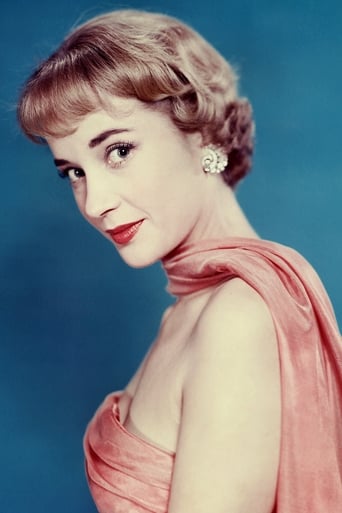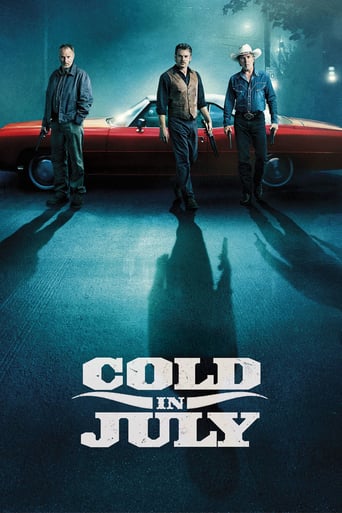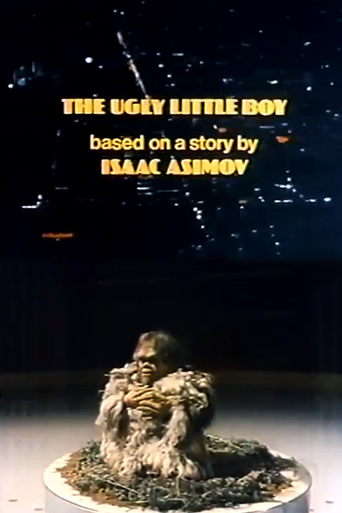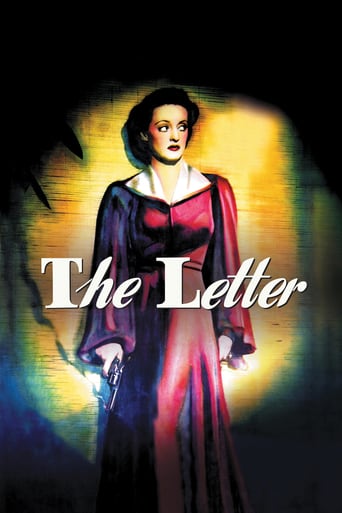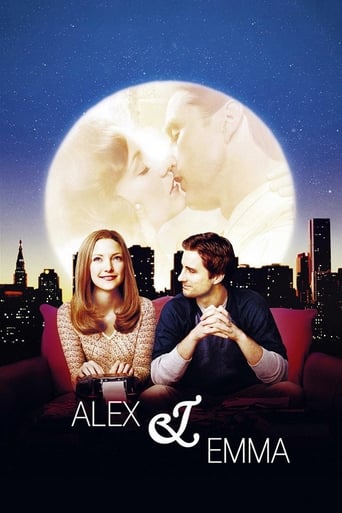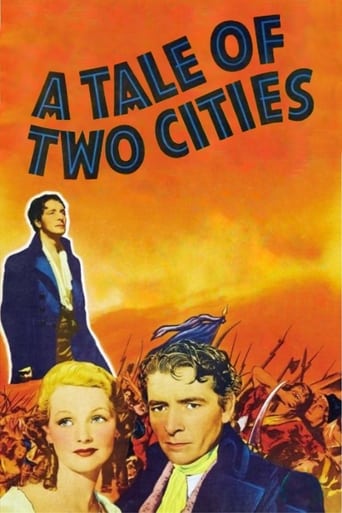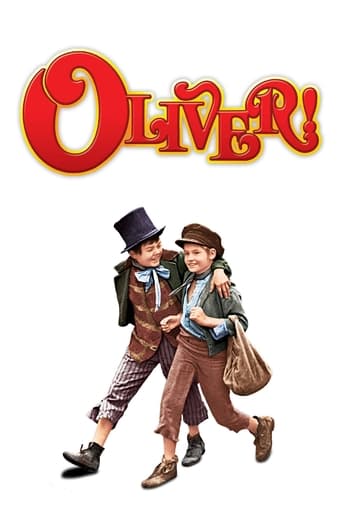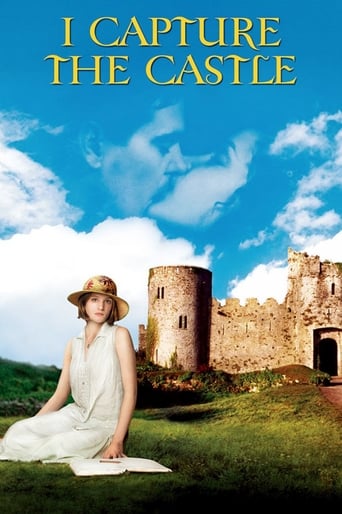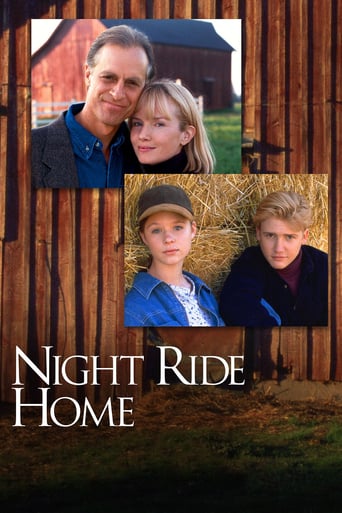The World of Suzie Wong (1960)
A Hong Kong prostitute tries modeling and falls for the artist who's painting her.
Watch Trailer
Cast


Similar titles
Reviews
There are layers to "The World of Suzie Wong". I find it engaging, surprisingly witty, and William Holden and Nancy Kwan have charisma to spare. However the way the film highlights how the Chinese were classed as social inferiors is wince-inducing. Especially so now that China is an emerging super power, and the fact that if you go to a hospital in my city, Sydney, your life is very likely to be saved by a Tan, a Chan or a Wong.But this film is a time capsule of the way things were. The film actually treats the Chinese rather respectfully. Even though the bar girls at the centre of the story are prostitutes, they are presented as worthwhile people and given a certain dignity although I can't imagine Elizabeth Taylor or Audrey Hepburn swapping places with Nancy Kwan when William Holden tears off her dress.As an artist, I enjoy the art aspect of the story. It's amusing watching William Holden pretending to paint Suzie in his bedroom studio. Bill is a neat painter. No dustcoat or apron for him, even though a spatter of Alizarin Crimson or Cerulean Blue would turn his trousers into painting pants immediately - I possess about 50 pairs of painting pants.But I have always admired the paintings he executes as the story unfolds. Bold, confidant works with powerful composition and superior draughtsmanship.Recently I discovered that they were done by Elizabeth Moore, a sixteen-year-old art student attending Kingston Art School in London. Sixteen! Amazing. Better known as Liz Moore, her first love was sculpture. She went on to create the Star Child for Kubrick's 2001 and then the 'nude' furniture for the Korova Milk Bar scene in "A Clockwork Orange". Finally she was involved in creating the costume for C3PO and the Stormtrooper helmets for "Star Wars".There are a couple of sites that have tributes to her and show other work including busts of The Beatles and Dame Sybil Thorndike. Another site features "The centrepiece painting from the film 'The World of Suzie Wong'", revealing thickly applied impasto. Photos of her show a vibrant blonde. Sadly that beauty and talent were crammed into too short a life. She was killed in a car crash in Holland in 1976 aged only 32.To those who know, "The World of Suzie Wong" is a legacy to that burgeoning talent and a gift that would seem to have been divinely inspired.
William Holden plays Robert, an artist whose plan is to go to Hong Kong for a year to paint portraits. He meets Susie Wong, a hostess girl played by Nancy Kwan. The movie is about their relationship, the ups and downs, the folly and the serious, the happiness and the frustration. Its a good film about a relationship between two cultures, and probably depicts a way of life at that time in Hong Kong, but it still doesn't feel wholly authentic somehow to me. Nancy Kwan does a good job, but her character sometimes annoys me. I guess the thing is you have to believe William Holden would be willing to have the patience to deal with her, especially given the fact that she has multiple "boyfriends". In the end, what we have is a well made film with good performances, but a film you finish kind of shaking your head to. Recommended, but don't expect a great film.
I read some of the comments with dismay. This is an amazing movie in many respects. It is not meant to be steamy. The point is to show the straightforward and powerful interplay and juxtaposition of love, morality, situational ethics and plain old-fashioned fate and tragedy.There are amazing characters in this movie, acting that is rarely equaled by today's performers.An innocence of story and character and setting is captured here that is worthy of the label "Classic." Holden is only "strolling" through this roll because it is that kind of roll. He is that kind of actor. Jimmy Stewart with a bit more grit.Nancy Kwan is inspired and a truly lovely and under appreciated classic beauty.Her performance brings across a range of emotion that is rarely seen- perhaps lately in some of the more popular Chinese and Indian Films.Iif this movie doesn't touch your heart and stir your mind to question its priorities, then you may not have one!
American William Holden, as former architect turned struggling artist, Robert Lomax, a cynic who's "pushing forty," arrives in 1960 Hong Kong to make a valiant effort for his art. He's never been there and has no idea what to expect. On the ferry boat to Kowloon, he has a sort of altercation with the very young & attractive Nancy Kwan, who claims to be named "Mei Li," a very proper young lady about to enter into an arranged marriage set up by her wealthy father. Shortly before reluctantly introducing herself, she also almost manages to have Robert arrested by claiming he's a purse snatcher, which, judging from her mirthful expression, she does for the sheer entertainment value of the situation.Robert, completely lost and not particularly wealthy, soon makes his way to the Wan Chai district, and, in his naivete as American abroad, fails to realize he's entered the main prostitution district in the city. His journey to the seedy hotel where he sets up shop as artist would be one of the highlights of the film: Robert's amazement and confusion at the bustling, vibrant city that has become his new home come across nicely. In many ways, the brilliant cinematography and camera work turn the city of Hong Kong itself into the unacknowledged third star of the film. However, it's a very different Hong Kong than now: very much a British colonial post, and, in segments of the neighborhoods, almost a Third World city.Unfortunately, once Robert reaches the hotel, the movie loses much realism, and we've plainly entered a 1950's Hollywood set version of Hong Kong, complete with cartoonish prostitutes and Brit sailors on leave. It turns out that prim-and-proper Mei Li's none other than "very popular" Wan Chai "girl" Suzie Wong. There are some very dated scenes that follow, although actress Jacqui Chan's charming in an off kilter way as bar girl Gwennie Lee. Nancy Kwan vamps and spouts much pidgin English and says "for goodness' sake" about 500 times in a row. Fortunately, Robert, Suzie, and the camera eventually hit the streets of actual Hong Kong again.Then, something odd happens with this film, bit by bit. The movie focuses more and more on Robert and Suzie as a couple, and, bit by bit, Suzie becomes less of a stereotypical bar girl and more and more of a human being who behaves unexpectedly. It turns out that she has developed a persona for herself, a very manipulative, successful one, that's given her an edge in a very harsh city for abandoned young women. She has an active fantasy life, that's enabled her to separate herself psychologically from the more sordid aspects of what she's done in order to survive. Robert too, becomes less and less Joe Gillis, Jr. (for those of you who've seen Holden in SUNSET BLVD. from a decade earlier), a one-note, crabby cynic with a paternalistic attitude towards Suzie, and more and more a human being who's in love. He shows this most plainly when he finds out that Suzie has an infant son, and Robert accepts little Winston affectionately as his own. In a complex way, Suzie, and also little Winston, act as muses for Robert, and his own art becomes more inspired and interesting because of them. Suzie also benefits from her love for Robert and shows some real emotion for him rather than her usual play acting.This is where I find the movie interesting, as it depicts, much more realistically than one might expect in 1960, the dimensions of a biracial, bicultural couple's life together. Although Robert has made contact with the British elite in the city and needs them for patronage for his art, he's never really comfortable with them or their patronizing, mildly racist way of observing the Chinese. Kay O'Neill (actress Sylvia Syms), the daughter of a well-placed British banker, falls for Robert, but he doesn't really feel any emotion for her as he does for Suzie. Of course, she can't believe Robert would really prefer Suzie to her. When he announces he's thinking of marrying Suzie, Kay's father says that, of course, he could never hire someone in those circumstances. The rest of the Brits more talk around Suzie than to her whenever she's present. Likewise, most of the Chinese, while polite with Robert, don't know quite what to make of him, either, and he seems to do better either with Suzie as intermediary or because her friends help him along. It's obvious too that sometimes cultural miscues cause Suzie and Robert to misunderstand one another. This leads to the beginning of the climax of the film, which is somewhat tragic. No doubt, this has been a controversial film. In the past, many Asian-American studies professors seemed to grow livid at the mention of it. This was supposed to be the ne plus ultra (or maybe the nadir, instead) for stereotypical portrayals of all Asian women as submissive little China doll characters or bar girls. There is some of that there (although much less than in most other 1950's-early 1960's American films), but, as I'd noted, the interesting thing's how the stereotype turns out to be a fake, something created for the advantage (if that's the word) of the heroine for relating to foreigners. It's also interesting how the genuine romance, one based on a sort of mutual respect between Robert and Suzie, becomes more important. Most interesting of all's the portrayal (that mostly rings true) of a biracial, bicultural romance between two human beings. As someone involved in such a relationship for many years, I found myself giving the film an extra star for this "rightness" alone.Plus, if nothing else, this movie's a terrific time capsule/travelogue of Hong Kong, as it was never so brilliantly captured elsewhere on screen in that era.

